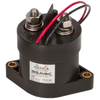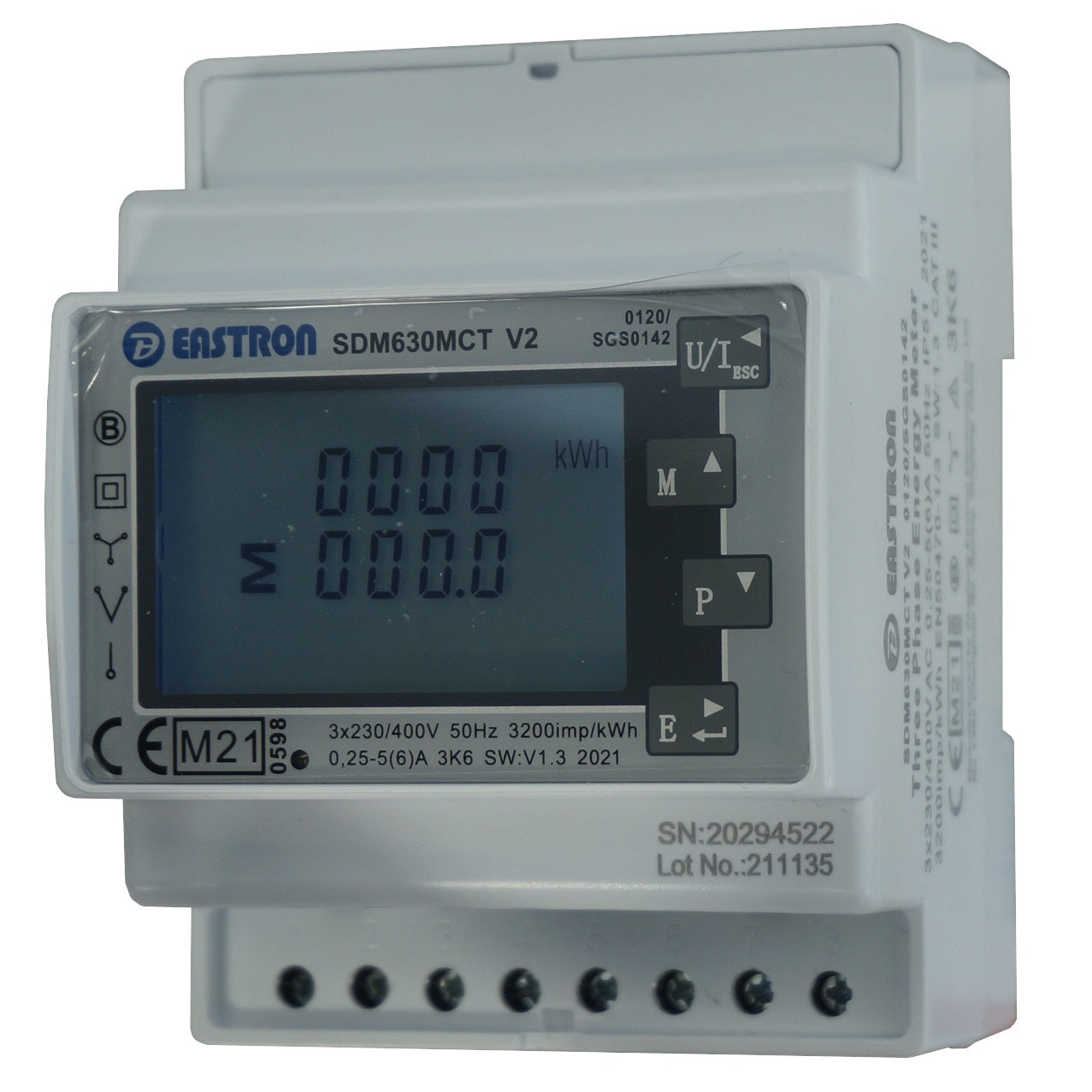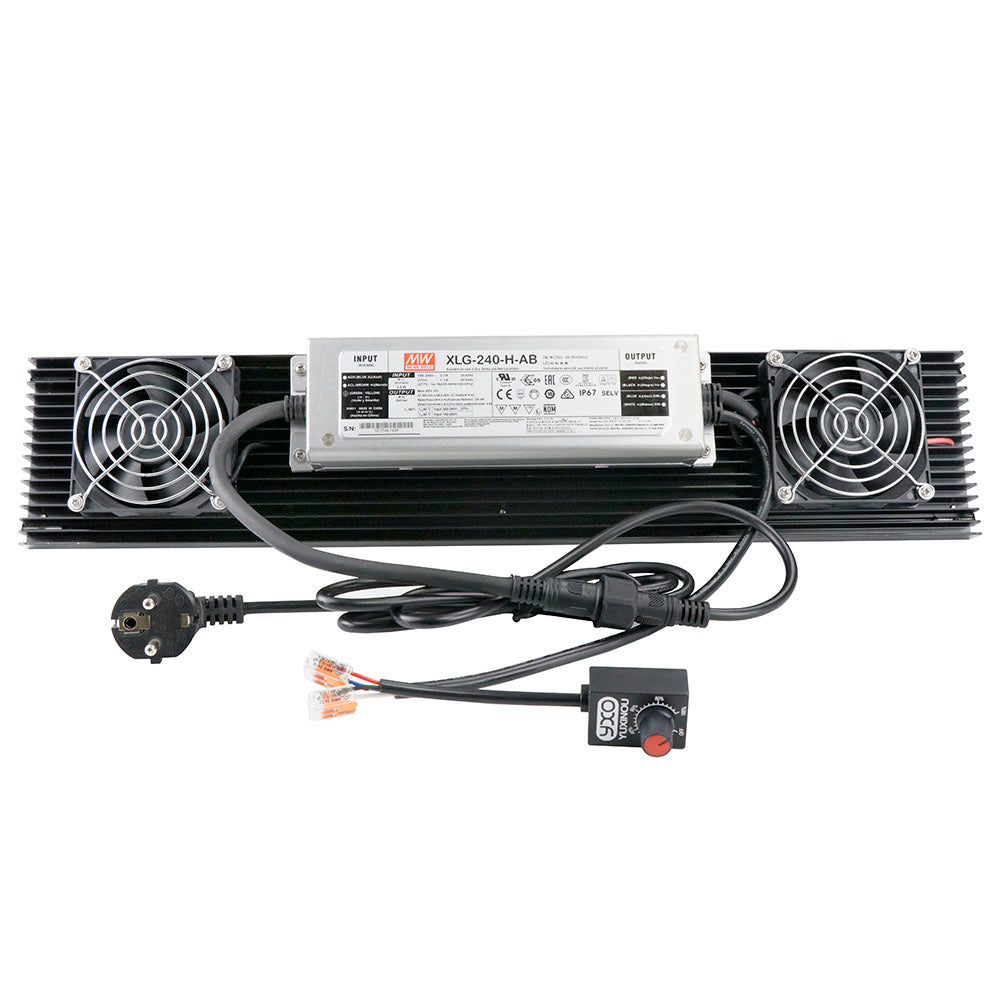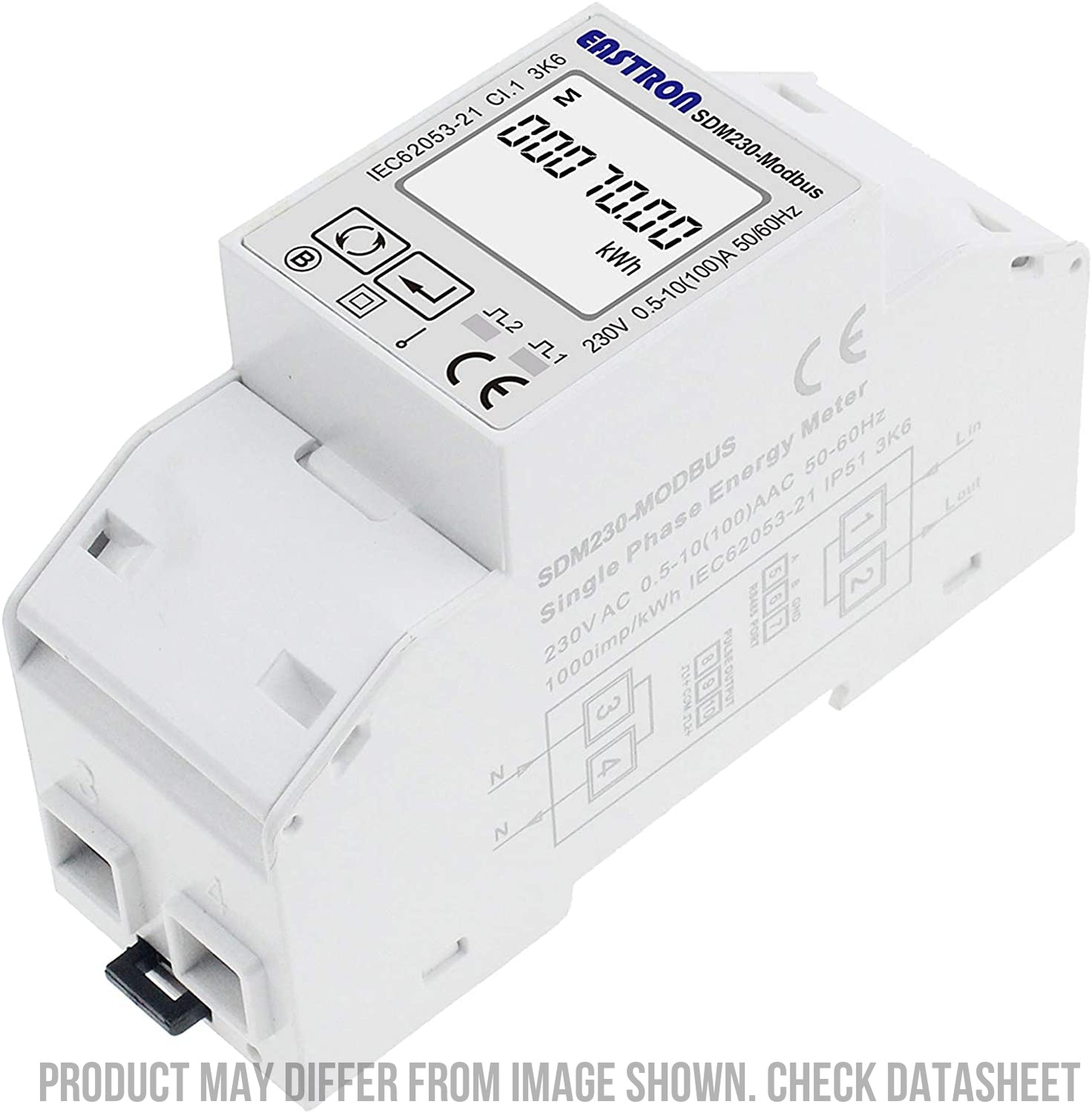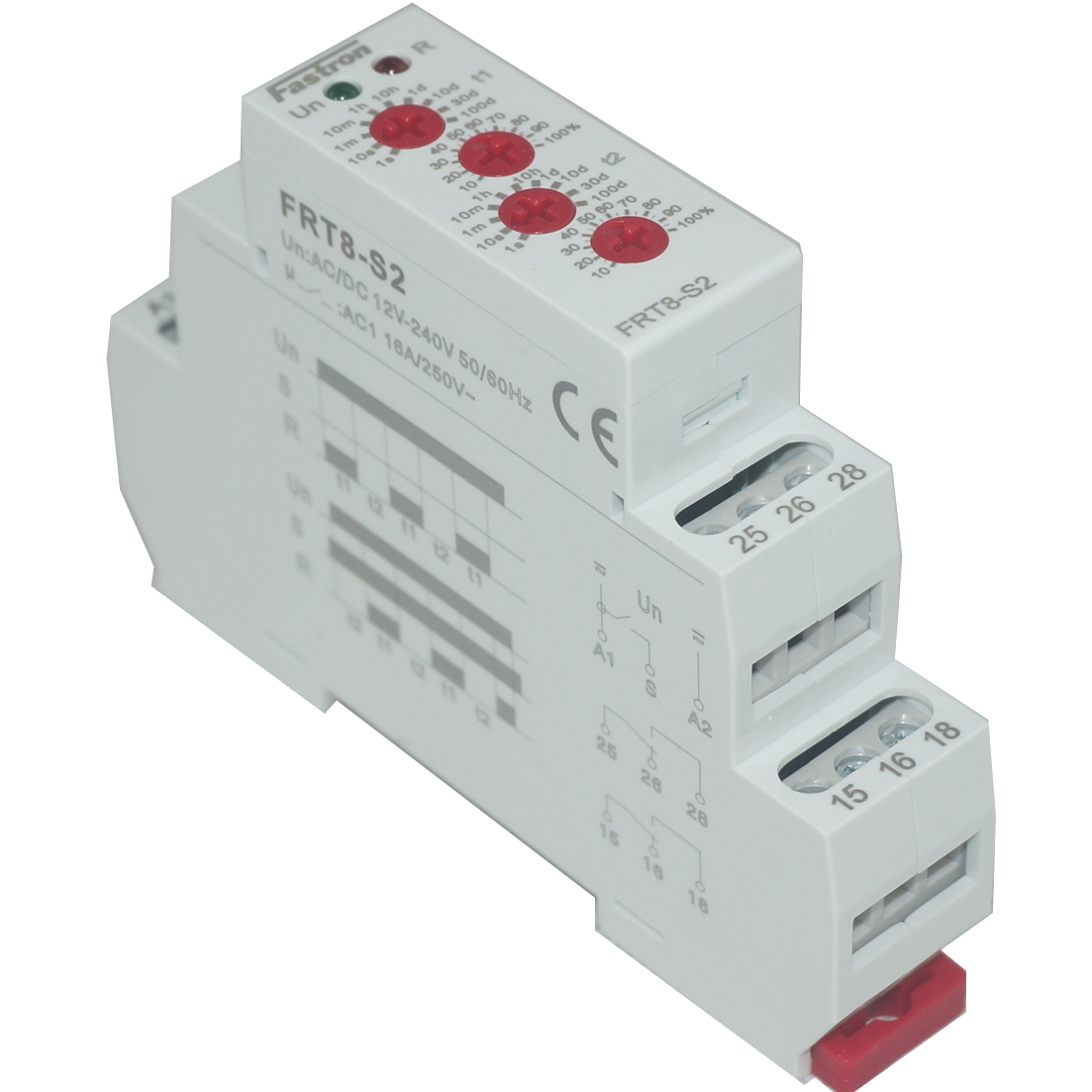
Circuit Breaker, and RCD Tripping & Curves
Circuit Breaker, and RCD protection modes
In this article we discuss the protection modes of typical circuit breakers which includes AC, DC Miniature Circuit Breakers (MCB), and Residual Current Devices with Overcurrent Protection RCBO's, and AC type Mouled Case Circuit Breakers (MCCB)
Circuit Breakers have two different protections:
- Overload protection tripping from (5-10 × In) for C characteristics
- Short circuit protection (immediate tripping in case of short circuit)
Testing Circuit Breakers
To test a MCB, RCBO, or MCCB against overload protection – you need to increase current through the circuit. For overload protection there are bimetals inside MCB which needs some time for heating and tripping. It means MCB will not react immediately if current goes above nominal current. Tripping time is as following:
|
Testing current |
Tripping time |
|
1,13 × In |
t > 3600 s |
|
1,45 × In |
t < 3600 s |
|
2,55 × In |
1s < t < 60s |
So it's normal that MCB will not trip immediately if current is a little higher then nominal current. Reason for delay in tripping is to avoid turning MCB, RCBO, MCCB off in case of some short over-currents in network which will not cause any defects. Below you will also find tripping curves.

Residual Current Detection
RCD and RCBO have a different protection mode with the latter including Short Circuit and Overcurrent Detection which was discussed here.
RCD and RCBO Residual Current Detection is for protection from electric shock and electrocution. The Residual device will detect a very low Residual or Earth Leakage current and very quickly turn off to protect humans or animals from electrocution. The fast reaction time is mandatory and ensures a safe electricity supply.
Typically RCD, or RCBO have 10mA,20mA, or 30mA detection depending on the statutory requrements.
6mA RCD are designed AC Ev Chargers due to their lack of good grounding connection in the vehicle.
For more information Please contact our freindly technical sales team at Fastron

